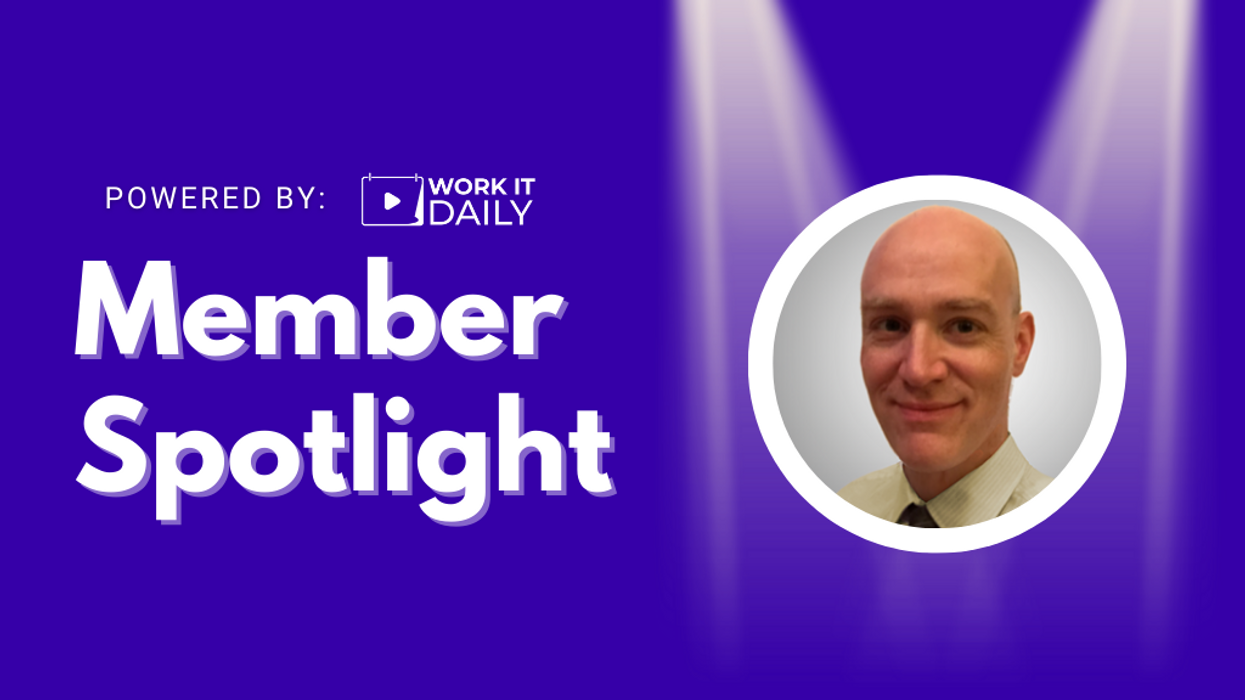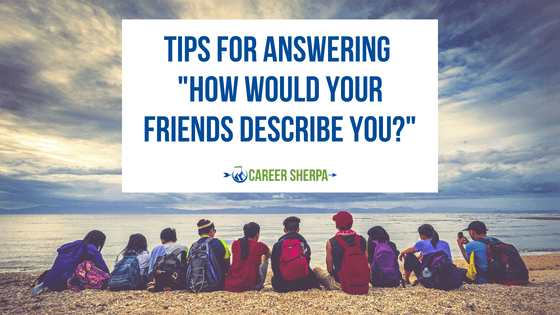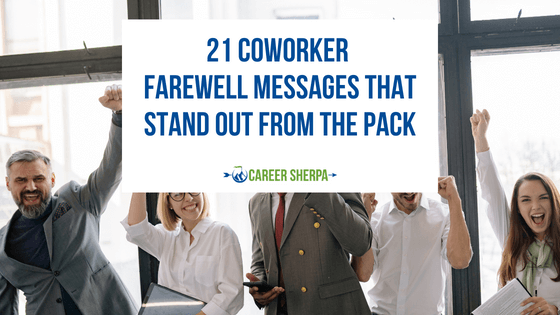
Is it spring yet? Just observe any school hallway to figure this out. Each spring, there is usually a flurry of activity among school administrators as they hurriedly shuffle from one classroom to the next desperately trying to record/file all their required observations by their state deadline.
In New Jersey public district schools, for example, untenured teachers are evaluated formally at least three times a year with tenured teachers being observed at least once each year. This is a similar practice in other states as well.
So, what can you as a teacher do to prepare for formal observations besides downing an entire bottle of Maalox antacid tablets?
Announced Observations

If the observation is announced in advance, teachers can sit down with their evaluator to discuss the upcoming observation and review both their upcoming lesson plan as well as any student assessment data that will impact the amount of student differentiation and/or scaffolding of learning. Whether announced or unannounced, teachers should also be provided the opportunity to debrief their observations afterward so as to improve teaching practice moving forward.
Unannounced Observations

The process for conducting announced observations is straightforward and often provides teachers with an opportunity to prepare a lesson to the best of their abilityâi.e., âthe dog and pony showââsince they know when their administrator will be coming to observe and might also know what the observer wants to see.
However, it also is important for administrators to assess the quality of everyday teaching and learning; hence why many observations of teacher practice are unannounced. While unannounced observations preclude the opportunity to discuss evaluator expectations for the lesson upfront, teachers need not lose sleep over not knowing what to expect in terms of administrator expectations.
As a former administrator who regularly evaluated teaching practice, here are six things that I looked for when observing teaching practice and that you might keep in mind when preparing for an unannounced classroom observation:
Teach Bell To Bell

I can tell you that one of my biggest pet peeves when observing instruction was lost instructional time. I hate when students enter a classroom where there is no introductory task posted on the board (The Do Now); I also become frustrated when class ends early and students are milling around waiting for the end bell to ring. This lost instructional time compounds when added up across classrooms/periods each day.
Instead, plan with timing and transitions in mind. Have students enter and complete an introductory task (5 minutes). Then, engage in a mini-lectureâusually the new information and/or directions for the upcoming student activity (no more than 10-15 minutes). After this, allow the bulk of class time to be used for student practice/peer discussion (20-25 minutes) and then follow up with a culminating/summary activity (10 minutes). To help yourself, set a timer for each section and consider posting the agenda/flow for the class from section to section on the board. Before long, students will come to recognize where they should be within the flow of the lesson and, often, will let you know if you are running behind.
Know What You Want Students To Know And Do

Every teacher and student action within the lesson should be driven by the learning objectiveâi.e., what we want students to know and be able to do at the end of the lesson. This needs to be made clear to students at the beginning of the lesson. Have the learning objective posted on the board when students enter. Discuss the learning objective with students at the beginning of the lesson. Also, consider having students reflect on whether the objective was met during the lesson summary/closure such as by engaging in a brief popcorn discussion and/or in writing through an exit ticket activity.
Even when teachers are mindful in posting and discussing learning objectives, they might not consider the cognitive lift in which they are asking students to engage. Consider using the Hess Cognitive Rigor Matrix when designing learning objectives/activities that have students both deepening their depth of knowledge as well as synthesizing, evaluating, and creating knowledge as opposed to merely identifying it; Bloomâs Taxonomy meets Webbâs Depth of Knowledge Theory.
For students not academically ready to meet the demands of such a heavy cognitive ask, do not âdumb downâ the expectation for these students. Instead, provide scaffolds and supports so students can meet the expectation.
Check For Student Understanding

Assessment is much more than quizzes and tests that come at the end of learning. Show your administrator that you are constantly taking the pulse of student retention of learning using ongoing checks on student understandingâi.e., cold calling, signaling, and/or choral response. Equally important, when students demonstrate a lack of understanding, do not charge on with the delivery of instruction. Stop. Reteach that point. In other words, show your administrator that you can pivot in the moment to meet immediate student needs.
Anticipate what you will do when students fail these checks on understanding. Again, do not just push on. Instead, ask a few students until you get the correct response and then have those who did not know the answer repeat the response of peers who did. Have confused students âcall on a friendâ to help them respond. Checks on understanding are particularly important to implement before students are released to practice their new learningâin other words, during the introduction as well as the mini-lecture phase of a lesson.
Ask The Right Questions The Right Way

Too often, teachers do not plan, in advance, the questions that they will ask students and, as a result, questions rarely require students to engage in heavy cognitive lift. Administrators observing your lessons will want to see that you prepared your student-facing questions to engage students in both discussion and/or debate as well as to assess overall student learning. During the introductory and/or mini-lecture portion of a lesson, it is acceptable that questions be more factual and/or convergent as these types of questions will help teachers to ascertain student basic knowledge and understanding of key concepts and task directions. Once students are released to practice/engage in their learning, however, teachers will want students to reflect upon more divergent and/or evaluative type questions.
Another way that teachers can get into trouble with questioning is not allowing students enough âthink timeâ to ponder the questions being asked of them before answering the questions themselves on behalf of the students. Embed âwait timeâ of 3-5 seconds after asking students a question so that students can reflect more deeply upon what is being asked of them. This should improve the quality of student responses. Also, allow wait time after a student speaks and before a follow-up question is asked.
Engage Students Throughout The Lesson

As an administrator observing teachers, another area of concern for me was when teachers never released students to practice their learning and, instead, held students hostage to a never-ending whole class mini-lecture. If I was bored, I could leave. Students, however, could not. Another missed opportunity for student engagement that I have seen repeated is when teachers release students to independently complete worksheets, during the student practice phase of a lesson, which are then reviewed as a whole class with the teacher leading the discussion one problem/question at a time.
There indeed are times when students will need to learn independently before engaging with peers. However, administrators observing lessons also will want to see how teachers have planned out student pair and small group work as a means through which students can discuss learning collaboratively. I often suggest to teachers that they adapt the National School Reform Faculty Protocols, meant for teacher collaboration, to be student facing. As students work in pairs or small groups, the teacher can/should be walking around the classroom addressing any misconceptions and taking anecdotal notes that the teacher might then want to address with students after the pair or group activity concludes. Administrators also would be excited to see how teachers have planned out student rotation work.
Scaffold And/Or Extend The Learning

During the observed lesson, teachers may notice administrators asking students about what they are doing. Administrators are doing this to gain a sense of how well teachers have used student achievement data to place students in groups and how the learning process, product, and/or content is being adjusted, or differentiated, for students with different needs.
Teachers often get scared when they hear the word âdifferentiationâ because they think this means that they need to show their administrator a separate instructional plan for each student in their class. This is not the case. Rather, most administrators observing instruction are looking to see if teachers have considered the needs of the different instructional GROUPINGS in the classroomâi.e., those below readiness, at readiness, and above readiness to meet the posted lesson objective and/or unit of study standards. This last sentence is importantâper posted lesson learning objective and/or unit standards. Administrators want to see that you are routinely considering the needs/supports required by students and then equally considering when students no longer need those supports.
If your school is not already using some sort of formal common diagnostic assessment, such as i-Ready or NWEA MAP, you can determine if your students are ready to meet the learning objective and/or unit standards by giving a brief pre-assessment before the lesson or the unit of study. Then, use that pre-assessment data to place students within their appropriate group and determine how you will adjust content, process, and /or product for each group of learners. At the end of the lesson/unit, you can then reassess studentsâconduct a post-assessment which can be as simple as an exit ticketâto see if and how instructional groupings have shifted; hopefully, there will be increased student growth and achievement after the lesson.
Other Helpful Tips

If teachers really want to impress administrators observing their classroom instruction, consider placing copies of your lesson plans in a folder attached to the wall outside/just inside your classroom that the administrator can pick up without disturbing you/your instruction. Administrators also like to see the literacy connections that students are making, across content areas, as well as how teachers are considering student cultural and background knowledge in their lesson planning. I enjoyed seeing/hearing when teachers were able to make real-world connections in what students were learning.
John Schembari is a school improvement coach. If you would like additional ideas on how to impact student lives without sacrificing your own, and have a life teaching, check out his quick hack teaching courses here. You can also reach out to him on LinkedIn.





















































